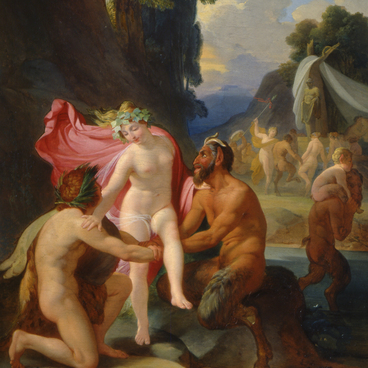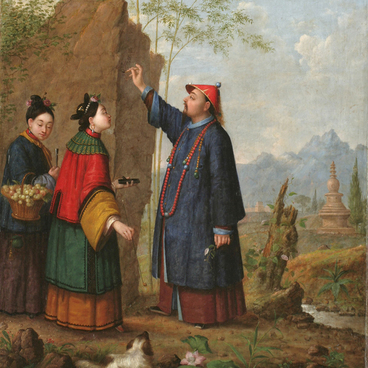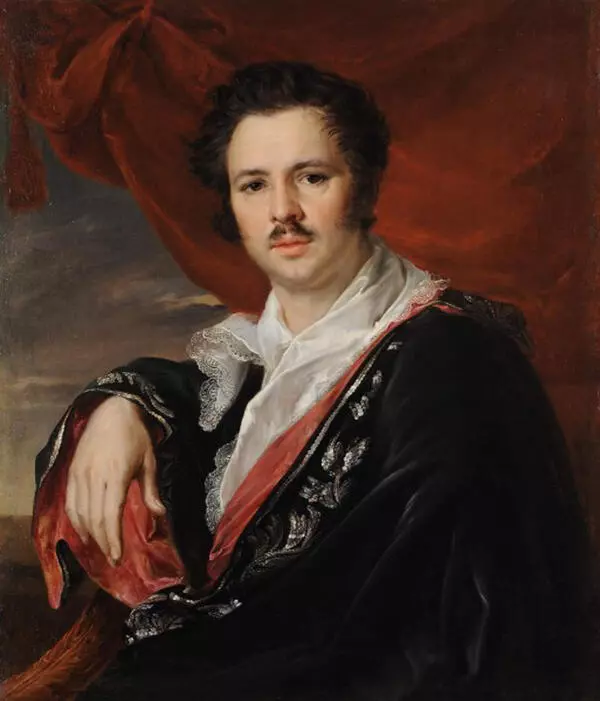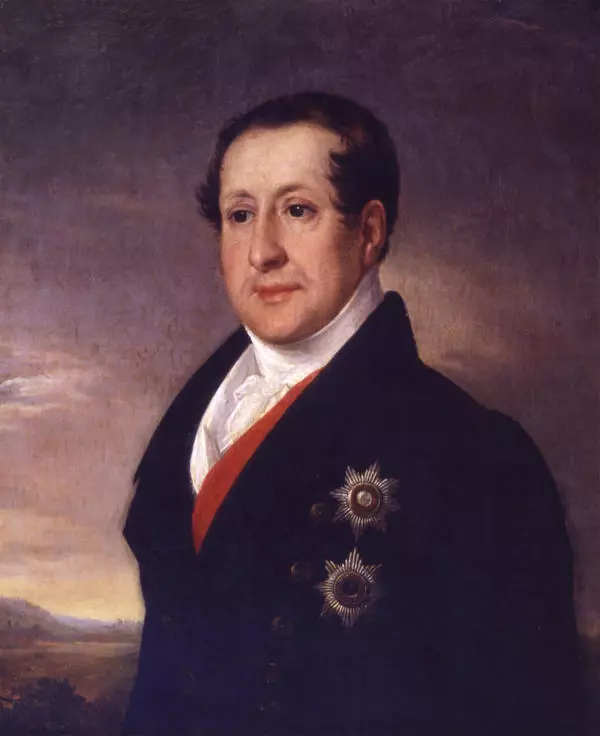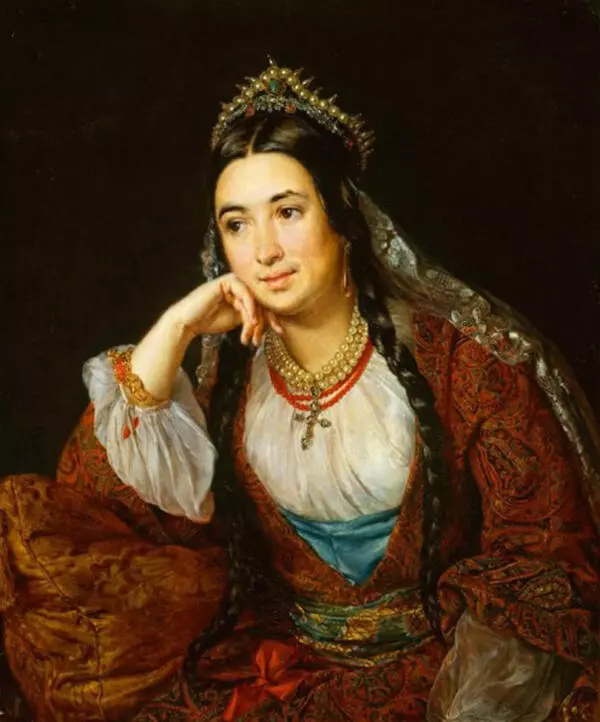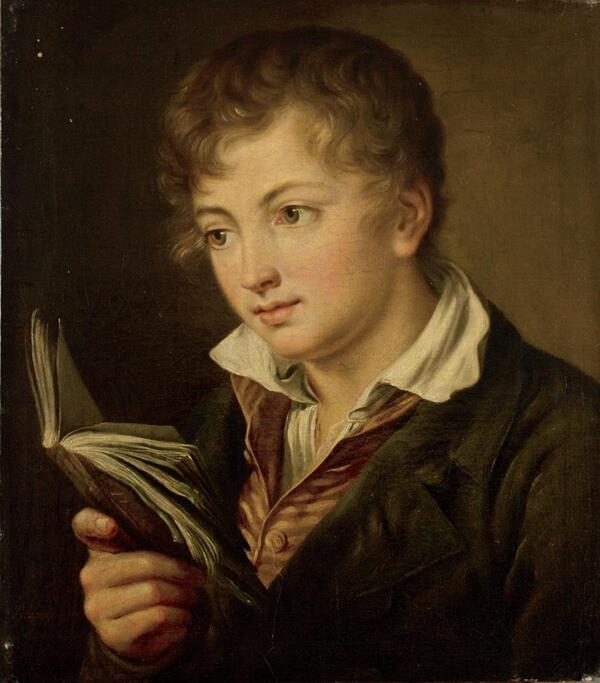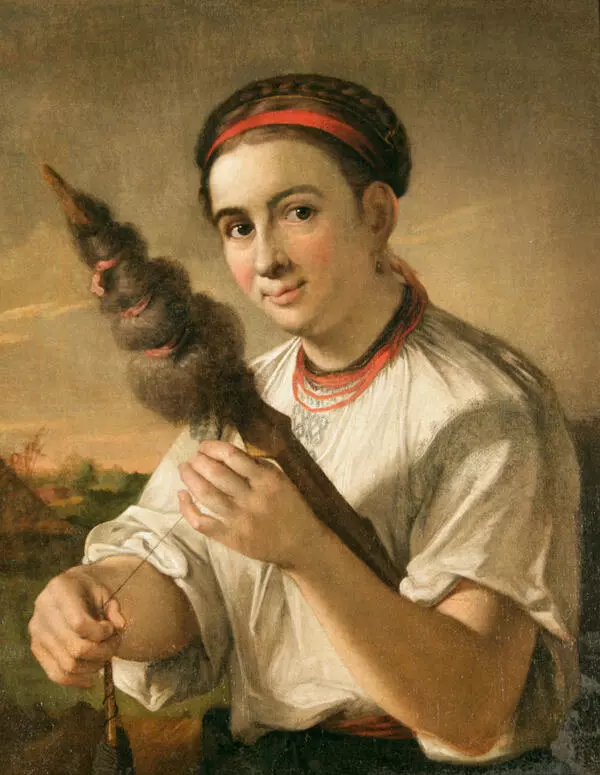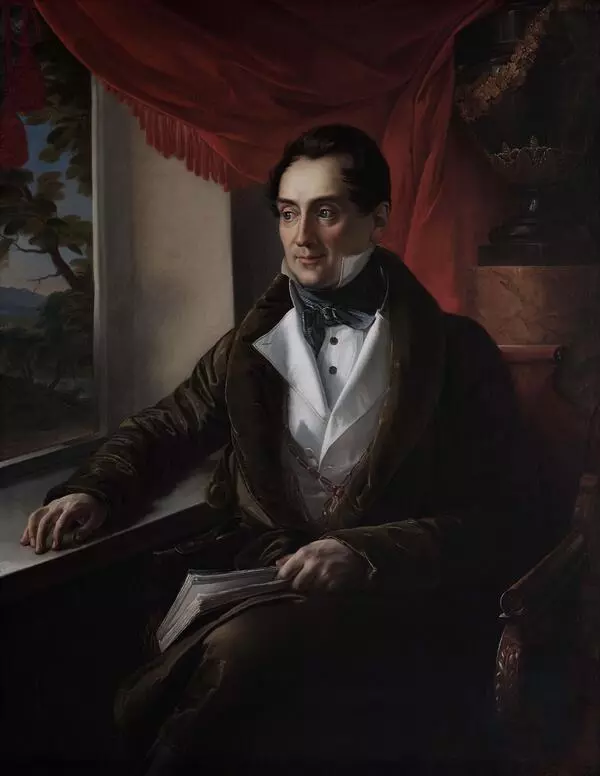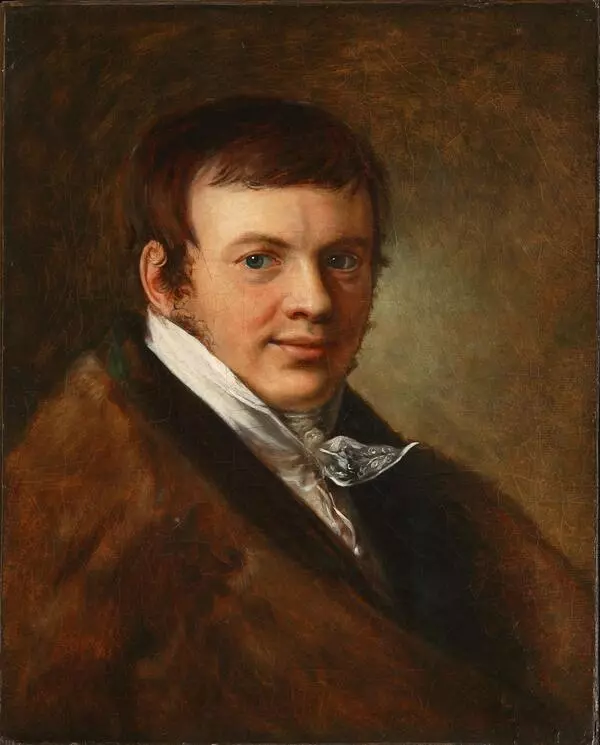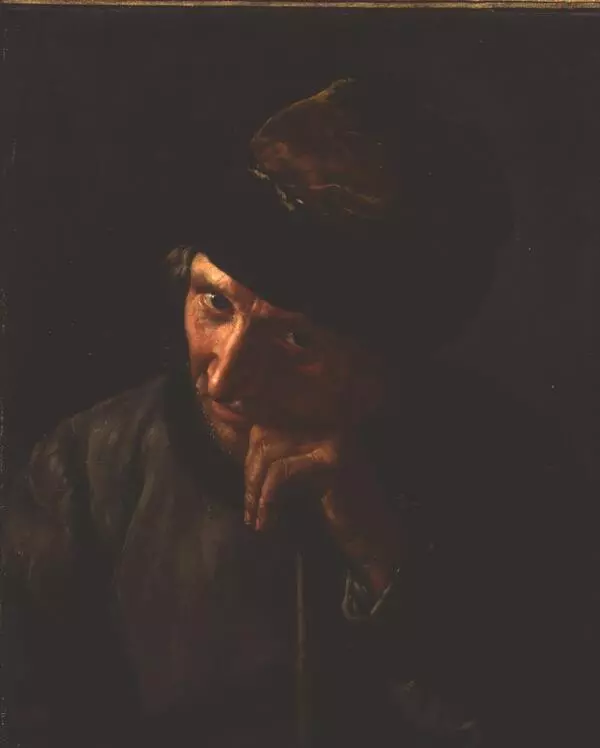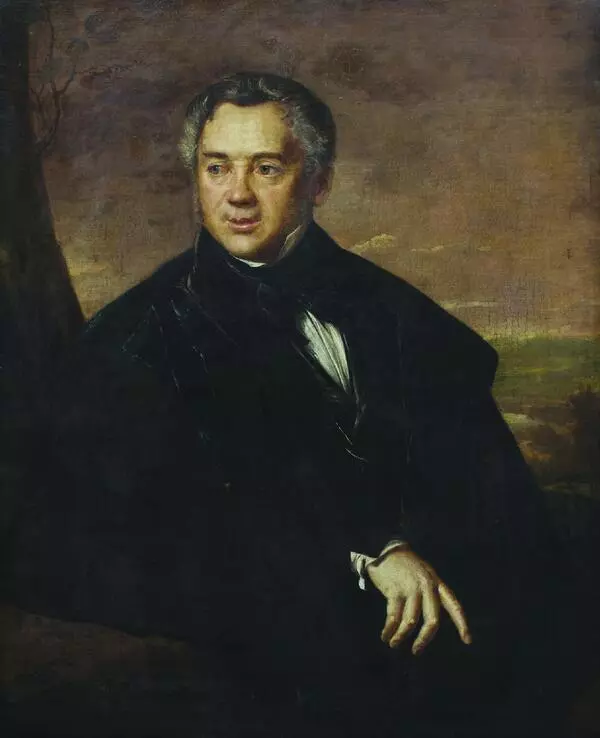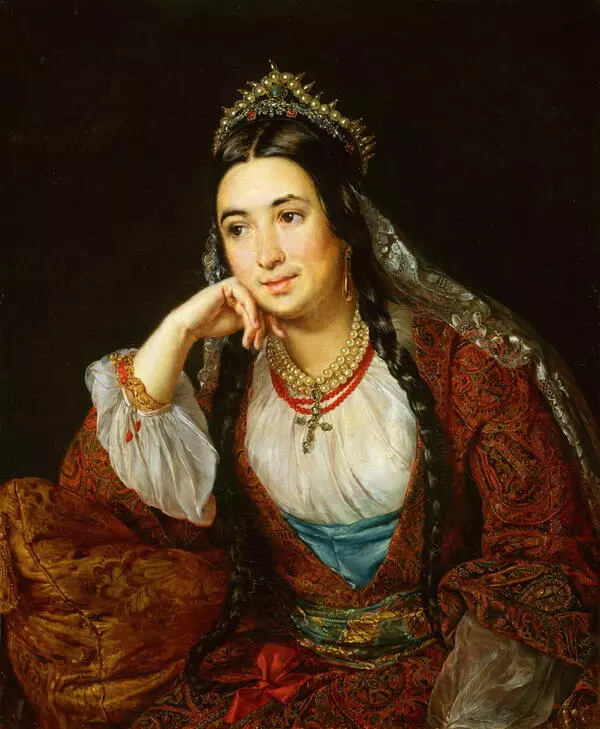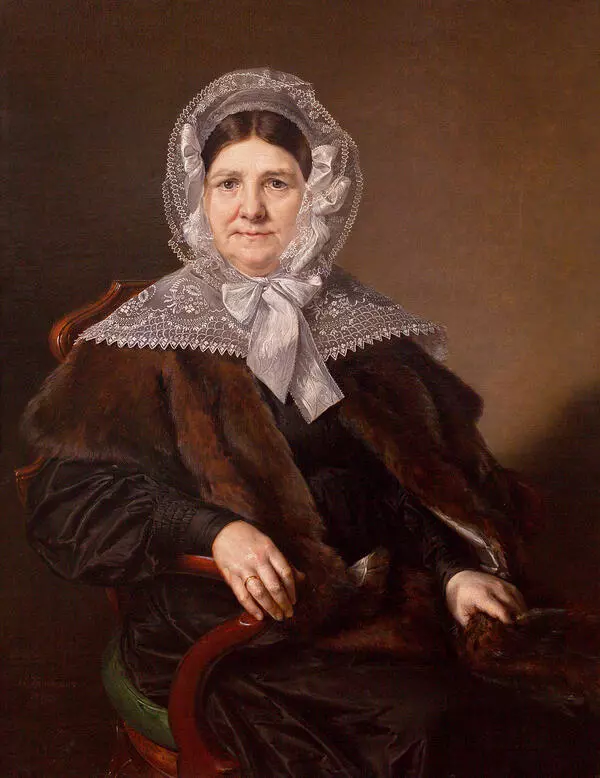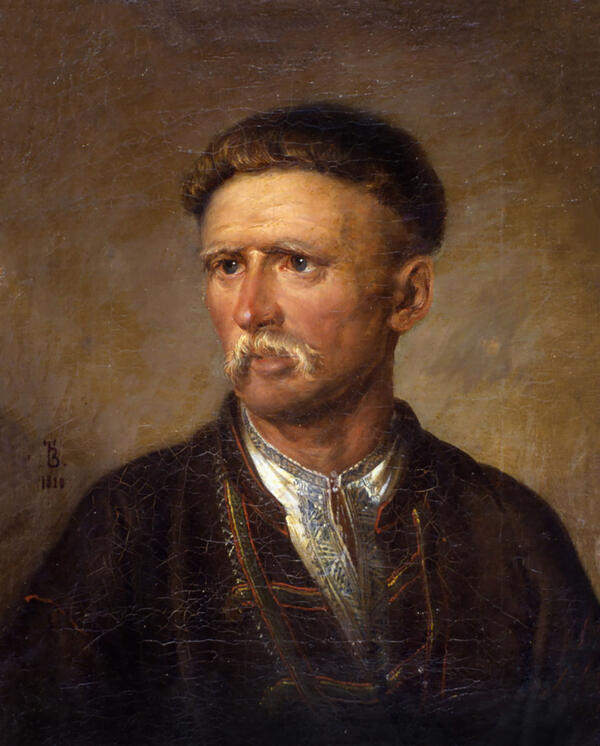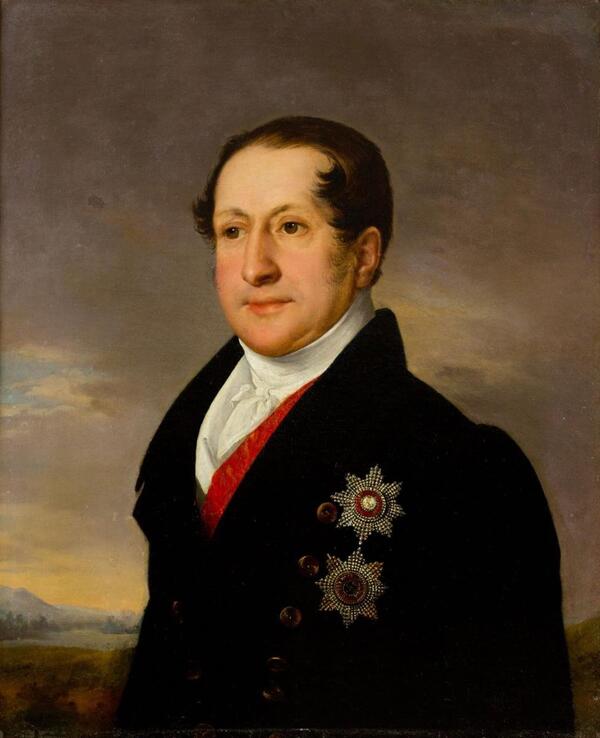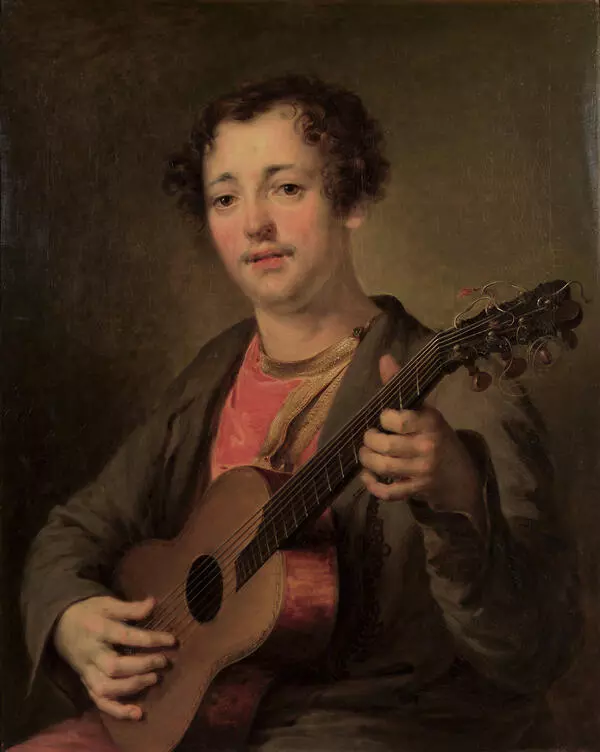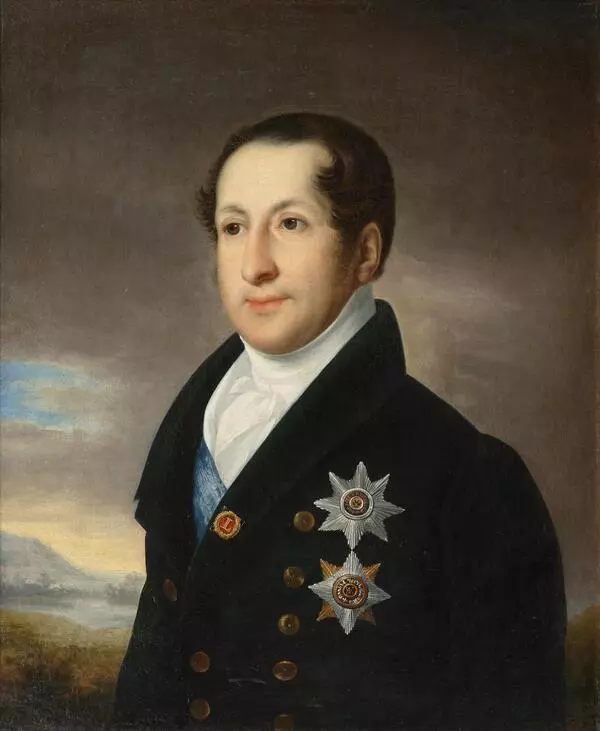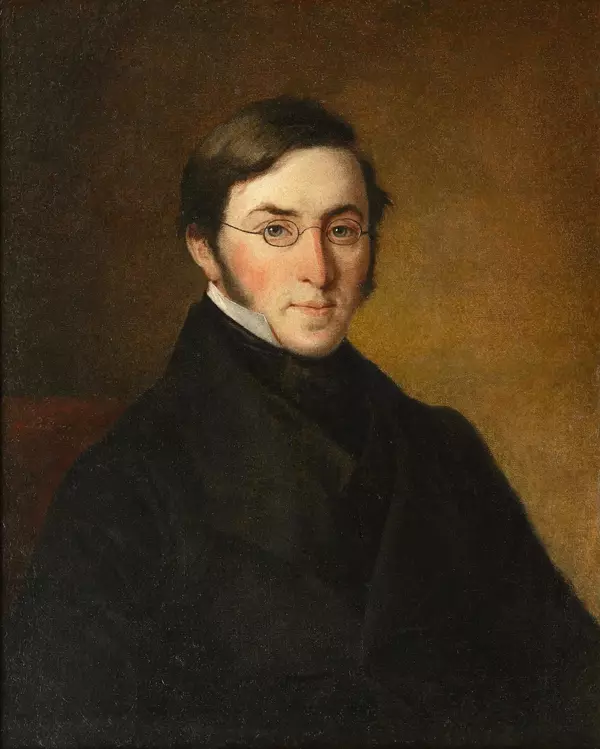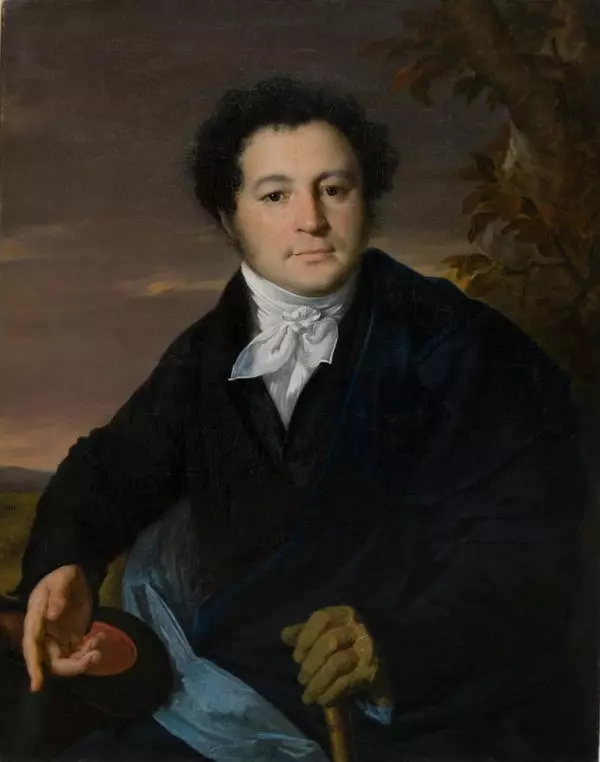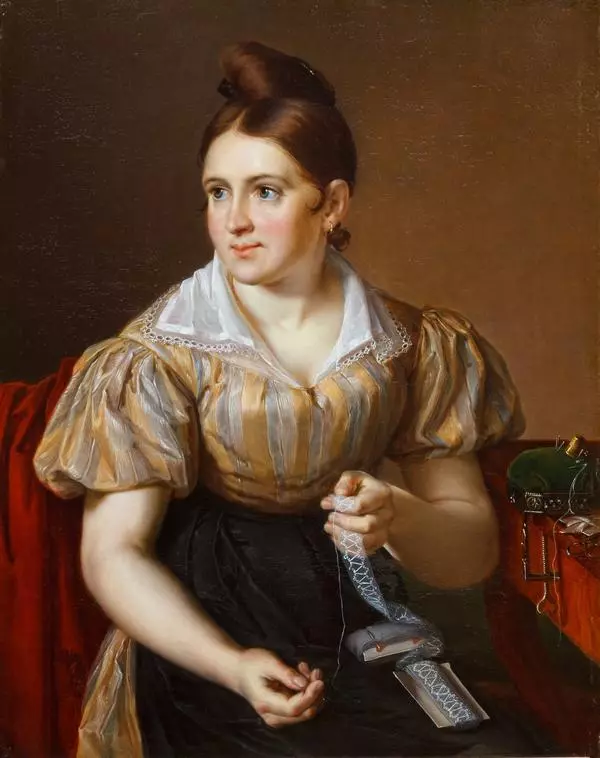Vasily Tropinin was born in 1780 to a family of serfs of Count Münnich. Later, the village where he lived was transferred to military chief Irakly Morkov. From his early years, Tropinin was good at drawing. However, Morkov giving no encouragement to that inclination sent Tropinin to St. Petersburg to train to be a pastry cook. In his free time, Tropinin was studying anatomy and copying engravings at the Imperial Academy of Arts. In 1799, he became a non-matriculated student at the Academy with his tuition fees paid by a relative of Irakly Morkov. Yet, Tropinin was not to finish the course. Unwilling to lose a talented serf, Morkov called him back to Moscow. The artist painted landscapes and genre pictures but became famous for his portraits of nobility: he even painted authors Nikolay Karamzin and Ivan Dmitriev.
It was not until he was 43 that he was granted his manumission: he was very popular, and Irakly Morkov had to surrender to the public opinion. A year later, the artist was elected a member of the Academy of Arts but refused the position. He wrote: ‘All my life I have been under someone’s authority, and here I would have to obey again either to Olenin or anyone else. No, to Moscow I go! ’
The portrait shows Alexander Zaikin, a friend of Vissarion Belinsky since the Moscow University. Alexander Zaikin was born in 1810 in the town of Fatezh, Kursk Governorate. He had five brothers. One of them, Nikolay, took part in the Decembrist revolt. In 1832, Alexander Zaikin of his own accord left the University and entered military service as a junker of the Narva hussar regiment. In 1835, he attained the rank of cornet to retire from the army in 1837 for family reasons in the honourable rank of sub-lieutenant. It was in that year that Vasily Tropinin did his portrait.
The 1830’s and 40’s marked a new stage in Tropinin’s creative work. Those were the years in the aftermath of the Decembrist revolt. The artist began to go deeper into the traits and characters of his heroes, took a more complicated approach to the portrait elaboration, with his paintings becoming more sombre. A drawing and a sketch for the portrait of Zaikin are held in the State Historical Museum. They allowed following the artist’s progress from an unemotional sketch from nature to a psychological painting. He created an image of his contemporary intellectual, thoughtful and earnest. Stormy scenery adds a tragic note to the painting.
It was not until he was 43 that he was granted his manumission: he was very popular, and Irakly Morkov had to surrender to the public opinion. A year later, the artist was elected a member of the Academy of Arts but refused the position. He wrote: ‘All my life I have been under someone’s authority, and here I would have to obey again either to Olenin or anyone else. No, to Moscow I go! ’
The portrait shows Alexander Zaikin, a friend of Vissarion Belinsky since the Moscow University. Alexander Zaikin was born in 1810 in the town of Fatezh, Kursk Governorate. He had five brothers. One of them, Nikolay, took part in the Decembrist revolt. In 1832, Alexander Zaikin of his own accord left the University and entered military service as a junker of the Narva hussar regiment. In 1835, he attained the rank of cornet to retire from the army in 1837 for family reasons in the honourable rank of sub-lieutenant. It was in that year that Vasily Tropinin did his portrait.
The 1830’s and 40’s marked a new stage in Tropinin’s creative work. Those were the years in the aftermath of the Decembrist revolt. The artist began to go deeper into the traits and characters of his heroes, took a more complicated approach to the portrait elaboration, with his paintings becoming more sombre. A drawing and a sketch for the portrait of Zaikin are held in the State Historical Museum. They allowed following the artist’s progress from an unemotional sketch from nature to a psychological painting. He created an image of his contemporary intellectual, thoughtful and earnest. Stormy scenery adds a tragic note to the painting.


